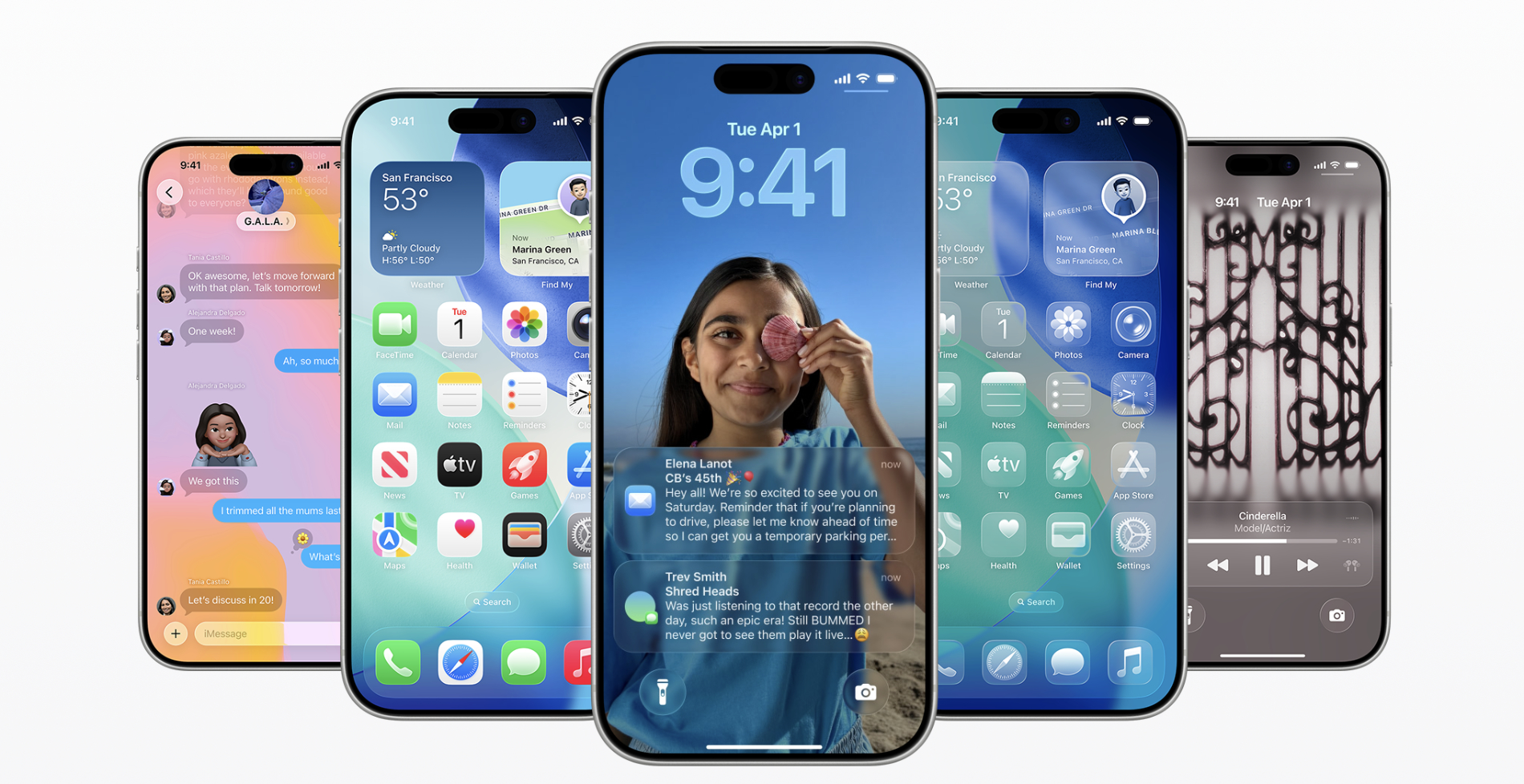
Two years after it was announced at WWDC, Apple’s U.S.-only Pay Later feature is no more. TechCrunch has confirmed the news, which was first noted by 9 to 5 Mac.
Here’s the full statement offered to TechCrunch:
Starting later this year, users across the globe will be able to access installment loans offered through credit and debit cards, as well as lenders, when checking out with Apple Pay. With the introduction of this new global installment loan offering, we will no longer offer Apple Pay Later in the U.S.
Our focus continues to be on providing our users with access to easy, secure and private payment options with Apple Pay, and this solution will enable us to bring flexible payments to more users, in more places across the globe, in collaboration with Apple Pay enabled banks and lenders.
Pay Later’s life was extraordinarily short, having officially launched in late March 2023. Ultimately, however, the move isn’t surprising. Apple announced at last week’s WWDC 2024 that users would be able to access loans through third-party app Affirm through Apple Pay.
“The ability to access installments from credit and debit cards with Apple Pay will roll out starting in Australia with ANZ; in Spain with CaixaBank; in the U.K. with HSBC and Monzo; and in the U.S. with Citi, Synchrony, and issuers with Fiserv,” Apple noted last week. “Users in the U.S. will also be able to apply for loans directly through Affirm when they check out with Apple Pay.”
Affirm added of the loan feature, “This provides users with additional payment choices, and offers the ease, convenience and security of Apple Pay alongside the features users love in Affirm — flexibility, transparency and no late or hidden fees.” The feature is arriving later this year.
Starting now, meanwhile, users in the U.S. have one fewer option through Apple Pay. Pay Later is no longer offering new loans as of Monday, though those with current loans through the service will still be able to pay for and manage them through Apple Wallet.
Personal loan numbers have increased in recent years. The figure is up 8% since the outset of the pandemic.






